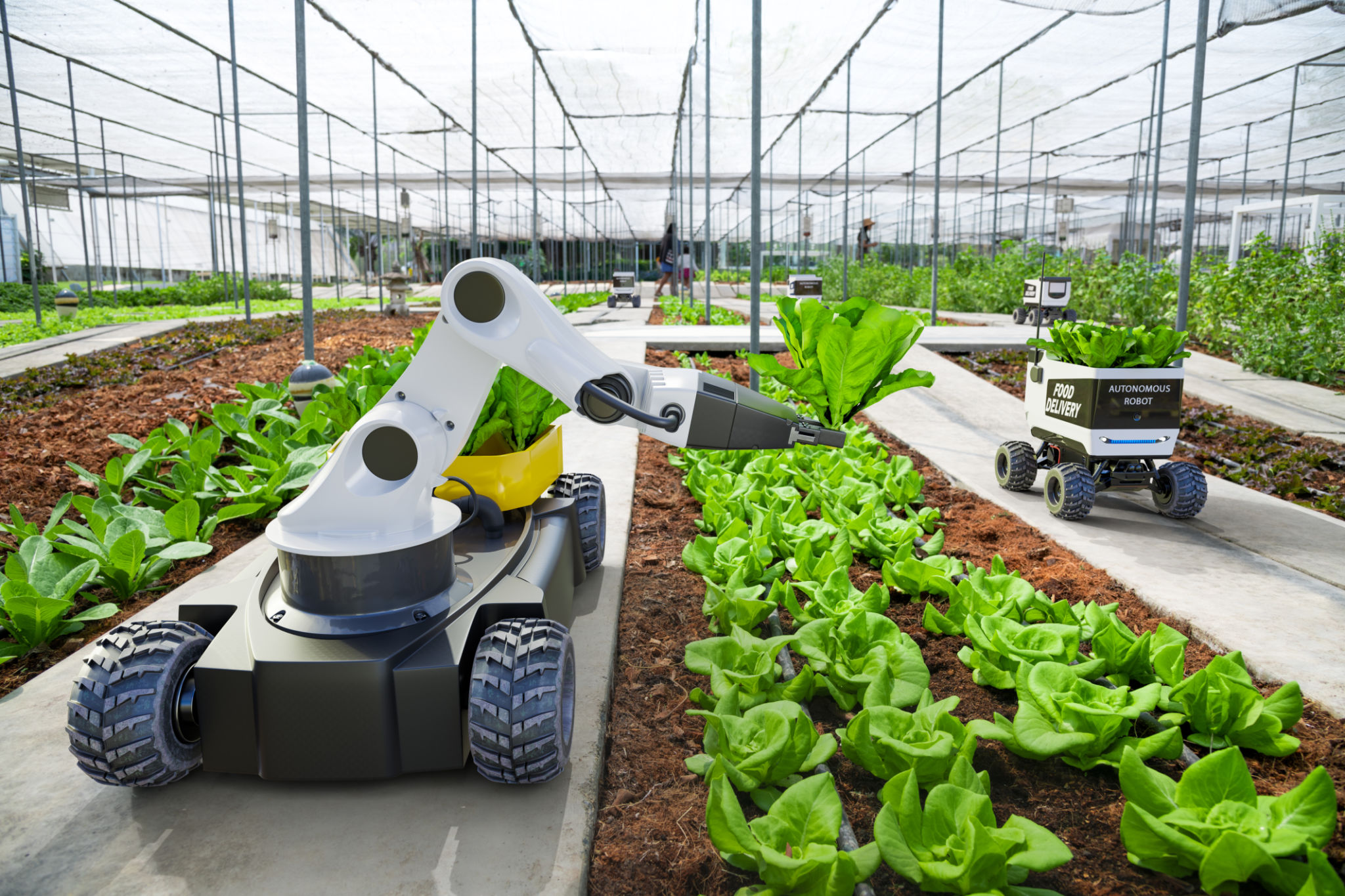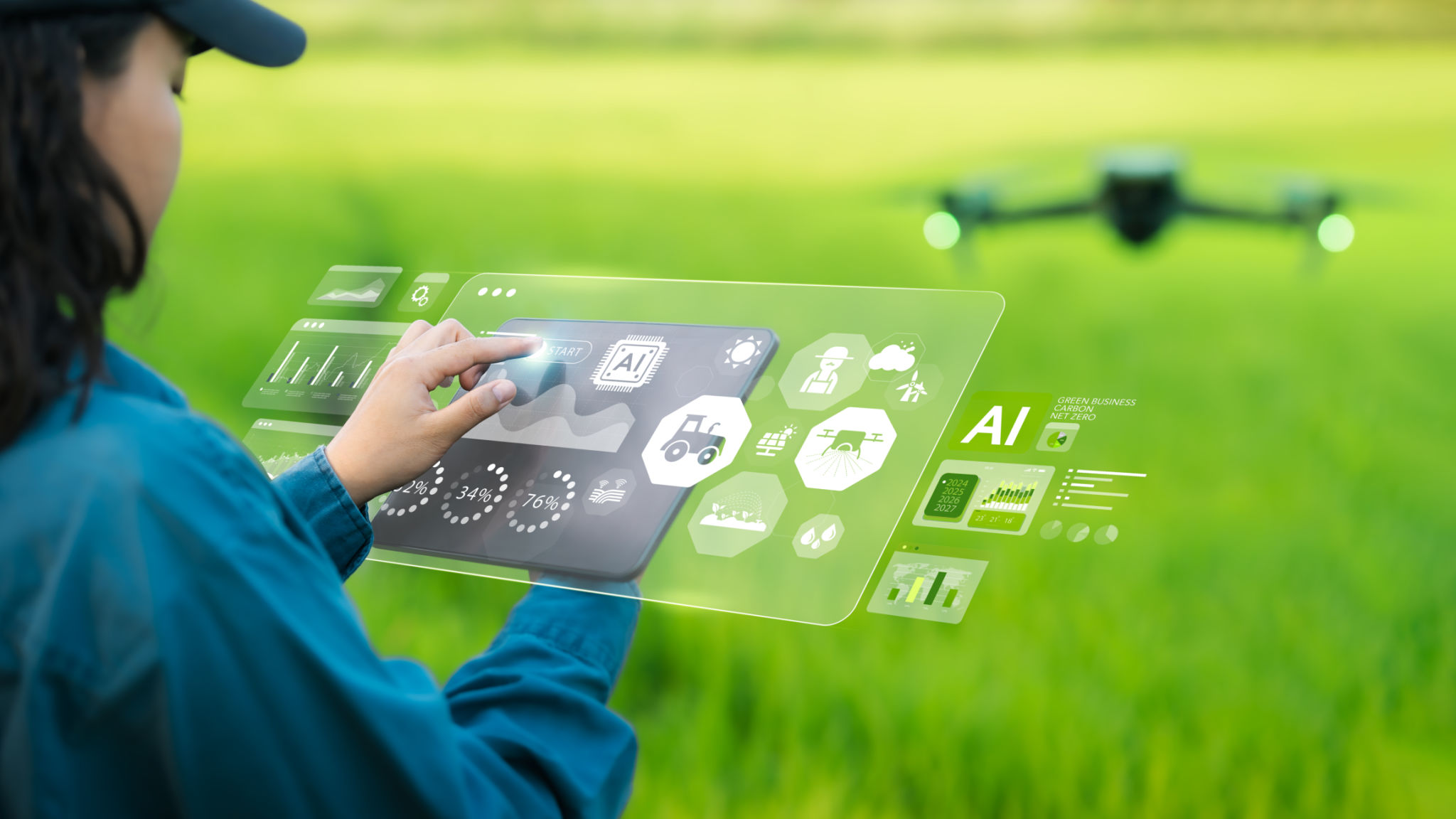Robotics in Agriculture: Comparing Traditional vs. Automated Techniques
Introduction to Robotics in Agriculture
In recent years, the agricultural sector has witnessed a significant transformation with the advent of robotics and automation. These technologies are revolutionizing traditional farming methods by enhancing efficiency, reducing labor costs, and increasing output. As we delve deeper into this evolution, it's crucial to compare the traditional agricultural techniques with their automated counterparts to understand their benefits and implications.

Traditional Agricultural Techniques
Traditional agriculture relies heavily on manual labor and time-tested practices. Farmers have historically depended on human intervention for tasks such as planting, watering, weeding, and harvesting. These methods are typically labor-intensive and time-consuming, demanding a high level of physical effort.
Despite the laborious nature of traditional techniques, they offer certain advantages. For instance, they allow for a deep understanding of the land and crops, enabling farmers to make intuitive decisions. Additionally, traditional farming supports biodiversity and can be more adaptable to diverse environmental conditions.
Challenges of Traditional Methods
However, traditional agriculture presents several challenges in today's rapidly growing world. With an increasing global population, there's a mounting pressure to produce more food efficiently. Traditional methods often struggle to meet these demands due to limitations in scalability and speed.
The Rise of Automated Agriculture
Enter automated agriculture, where robotics and technology play a pivotal role in modern farming. Automated systems bring precision to farming tasks through the use of drones, robotic harvesters, and automated irrigation systems. These technologies reduce the need for manual labor while increasing productivity and accuracy.

Robotic systems can operate around the clock, ensuring that tasks such as seeding, watering, and monitoring are performed optimally. This not only maximizes yield but also minimizes resource waste. Additionally, automation allows for better data collection and analysis, empowering farmers to make informed decisions based on real-time insights.
Benefits of Automation
The benefits of automation in agriculture are manifold. Here are some key advantages:
- Increased Efficiency: Automated machines can perform repetitive tasks faster and more accurately than humans.
- Labor Cost Reduction: By minimizing the reliance on manual labor, farmers can significantly cut down on costs.
- Enhanced Precision: Technologies like GPS-guided tractors ensure precise planting and harvesting.
Balancing Tradition with Innovation
While automation offers numerous benefits, it's essential to strike a balance between traditional wisdom and technological innovation. Farmers who successfully integrate both approaches can achieve sustainable farming practices that benefit both the environment and their bottom line.

For instance, integrating sustainable practices with automated solutions can help maintain soil health while optimizing crop production. Moreover, training farmers to use new technologies can create job opportunities within the agricultural sector.
The Future of Agriculture
The future of agriculture lies in the harmonious blend of tradition and technology. By leveraging the strengths of both traditional and automated techniques, the agricultural industry can meet the challenges of feeding a growing population while conserving resources for future generations.
As technology continues to evolve, it is crucial for stakeholders within the agricultural sector to remain adaptable and open to change. Embracing innovation while respecting traditional practices will pave the way for a more productive and sustainable agricultural future.